Microplastics in Placentas: A New Threat to Fetal Health?
Share IT

Launch Your Dream Website with Us!
Click Here to Get in touch with Us.
Categories
Microplastics in Placentas
Microplastics in Placentas: A Potential Danger to the Health of the Unborn?
The medical community has been rocked by a recent scientific revelation. According to a research in Toxicological Sciences, microplastics were found in every human placenta examined. The possible health dangers that these microscopic plastic particles could bring to developing foetuses are seriously raised by this discovery.
Table of Contents
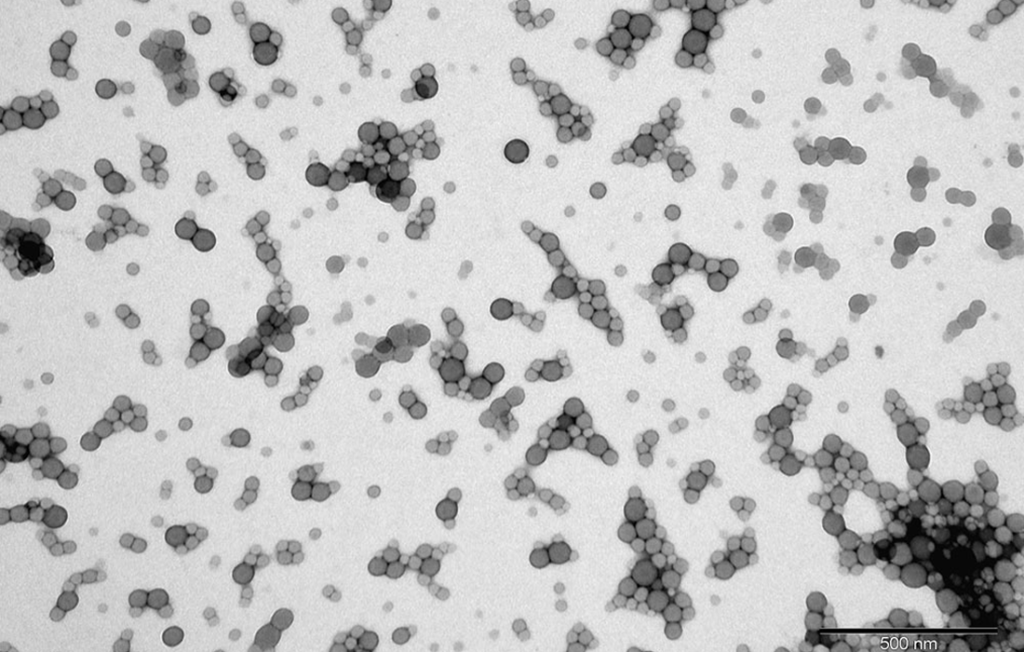
Microplastics: What Are They?
Microplastics in Placentas
Plastic particles with a diameter of less than five millimetres are known as microplastics. They come from a variety of places:
- Breakdown of Larger Plastics: Over time, plastic bottles, bags, and other products break down into smaller bits, which adds to the pollution caused by microplastics.
- Synthetic Textiles: When washing, clothing composed of synthetic fibres, such as polyester, sheds tiny plastic fibres.
- Microbeads: These minuscule plastic balls are frequently found in personal hygiene and cosmetics items, as well as in some industrial uses.
Microplastics in Placentas
There are microplastics almost everywhere. They penetrate our land, poison our oceans, and have even been detected in our air.
The Astonishing Finding
Microplastics in Placentas
Sixty-two placentas that women donated after giving birth were examined by researchers. The findings were concerning: microplastics were found in every placenta. The concentration ranged from 6.5 to 790 micrograms per gramme of tissue, depending on the sample. Interestingly, these are much higher than what is normally found in the human bloodstream. This implies a possible route via which microplastics could enter the growing foetus.
Possible Hazards to Mothers’ and Infants’ Health
Microplastics in Placentas
Research is currently ongoing to determine the long-term health effects of microplastic exposure, particularly for foetuses. But possible worries are as follows:
- Inflammation: The body may experience inflammatory reactions in response to microplastics. This persistent inflammation may have an adverse effect on critical growth processes in a developing infant.
- Hormonal Disruption: Chemicals found in some plastics have the same structure as hormones. These hormone disruptors have the potential to tamper with the delicate hormonal balance required for a successful pregnancy.
- Developmental Problems: Microplastics may impede the intricate biological mechanisms that underlie the growth and development of foetal organs. Research is being conducted to ascertain the degree of this possible hazard.
Microplastics’ precise health consequences on foetuses are still unknown, but the fact that they are present in placentas is alarming.
The Requirement for Additional Study
Microplastics in Placentas
This ground-breaking research highlights the pervasiveness of microplastics and their capacity to infiltrate even the most protected ecosystems. We desperately need more study to address these important questions:
- How can microplastics affect the foetus by making their way through the placenta?
- What particular health hazards are connected to microplastic exposure in utero?
- Are there specific developmental windows during pregnancy where exposure is especially dangerous?
Comprehending these inquiries will be pivotal in formulating approaches to safeguard expectant moms and their foetuses against the possible hazards associated with microplastics.
Taking Measures to Reduce Exposure to Microplastics
Microplastics in Placentas
The identification of microplastics within placentas demands a multifaceted strategy:
Personal Accountability: Each of us may play a part in lowering the pollution caused by microplastics by:
- Minimise Single-Use Plastics: Use reusable containers for food, water, and shopping bags rather than single-use ones.
- Selecting Organic Textiles: Instead of wearing synthetic clothing that sheds microplastic fibres, choose clothing composed of natural fibres like cotton or linen.
- Endorsing Conscientious Waste Management: Push for laws that promote conscientious plastic waste management and limit single-use plastics.
- Law and Policy: Governments can impose more stringent laws governing the manufacturing and disposal of plastics. This comprises:
- Microbead bans: Preventing the use of microbeads in personal hygiene products will greatly lessen one of the main causes of microplastic contamination.
- Extended Producer Responsibility: By making producers accountable for the gathering and recycling of plastic trash, we can encourage the creation of more environmentally friendly procedures.
Microplastics in Placentas
We can work towards a future where microplastic contamination is minimised, safeguarding the health of expecting mothers and their growing children, by cooperating at the individual, community, and legislative levels.

Launch Your Dream Website with Us!
Click Here to Get in touch with Us.












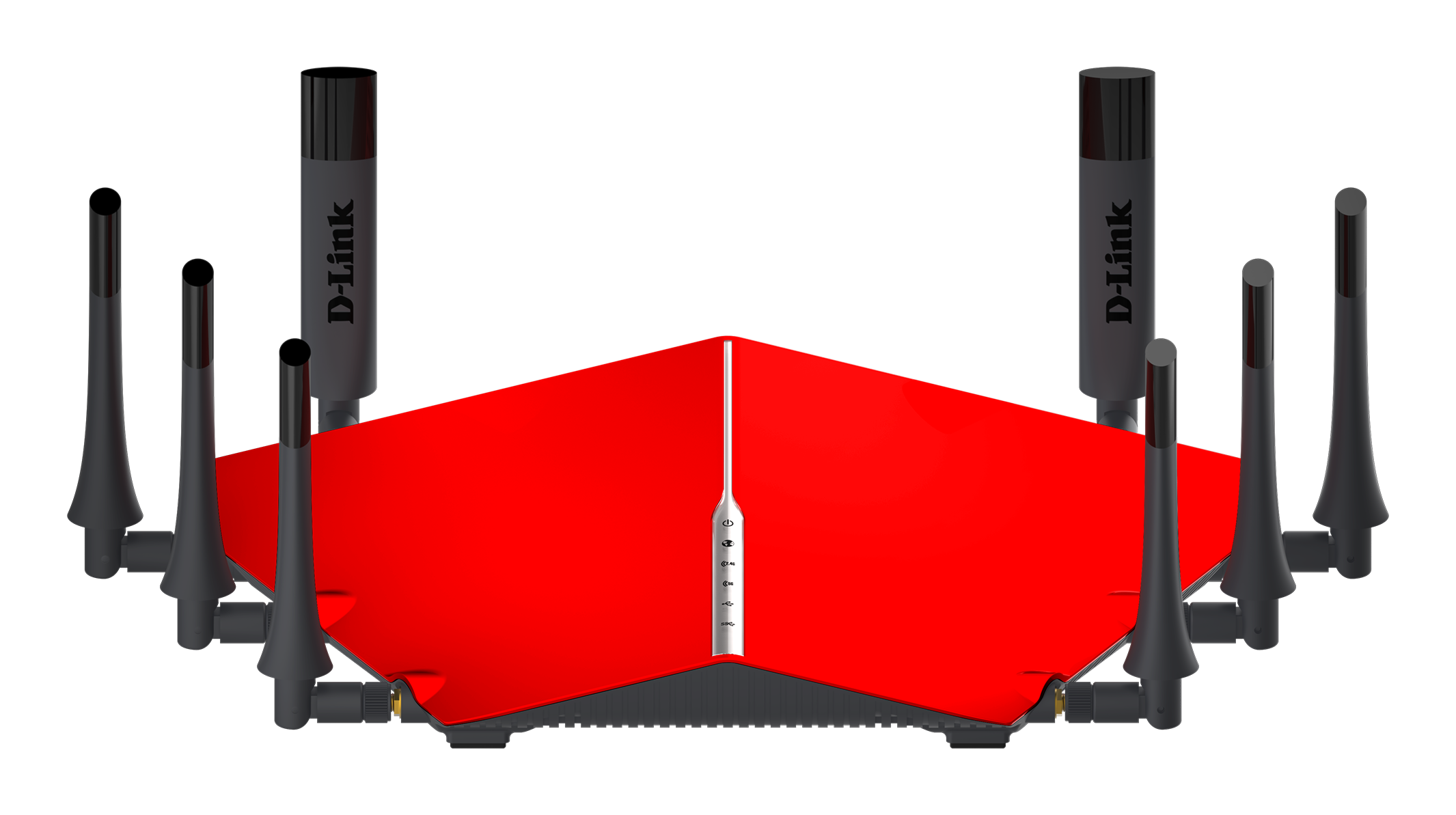
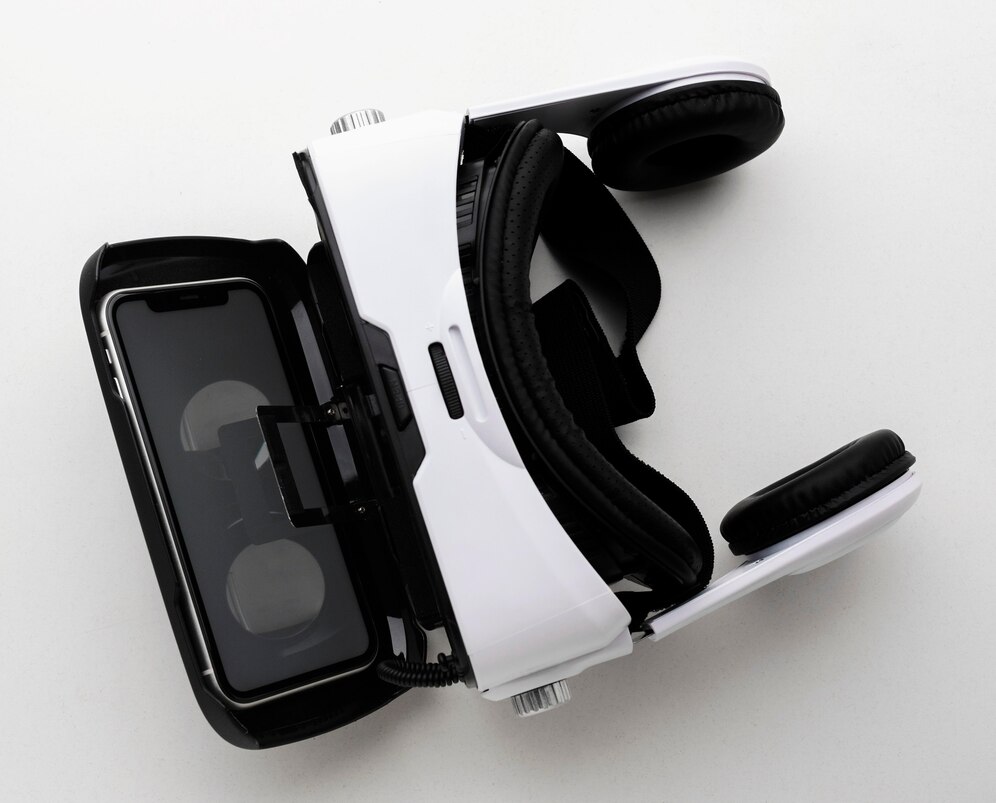






















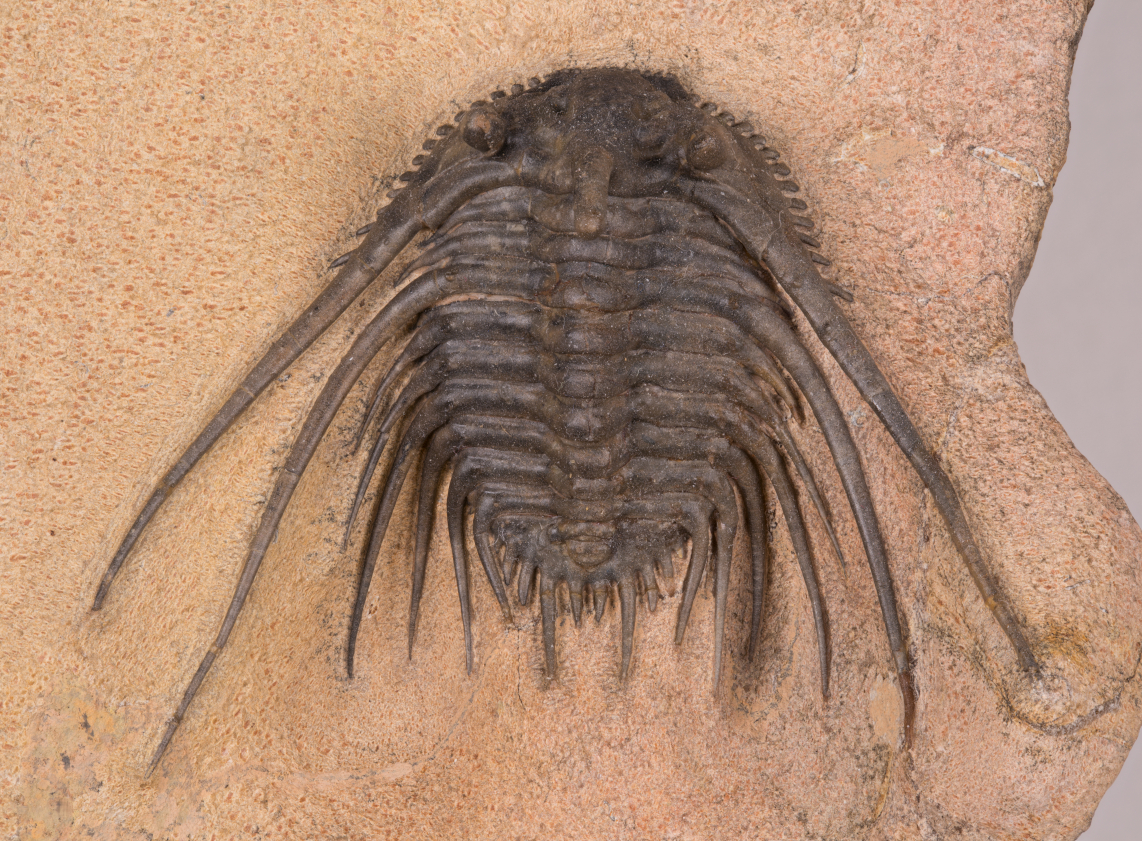


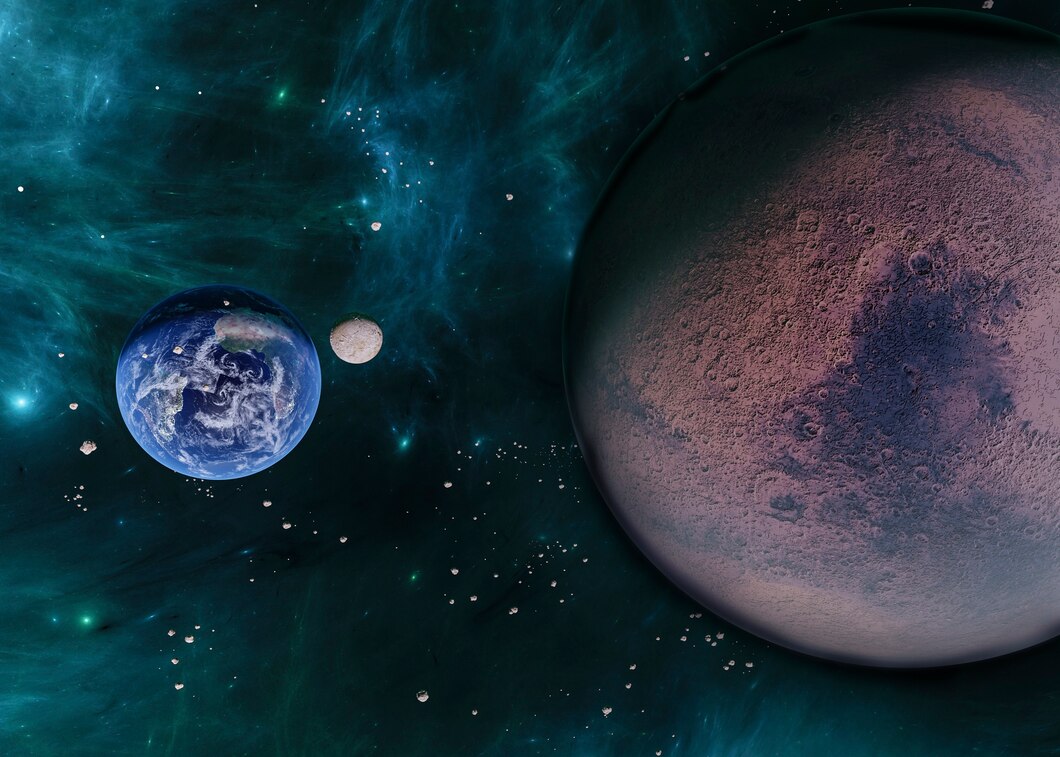
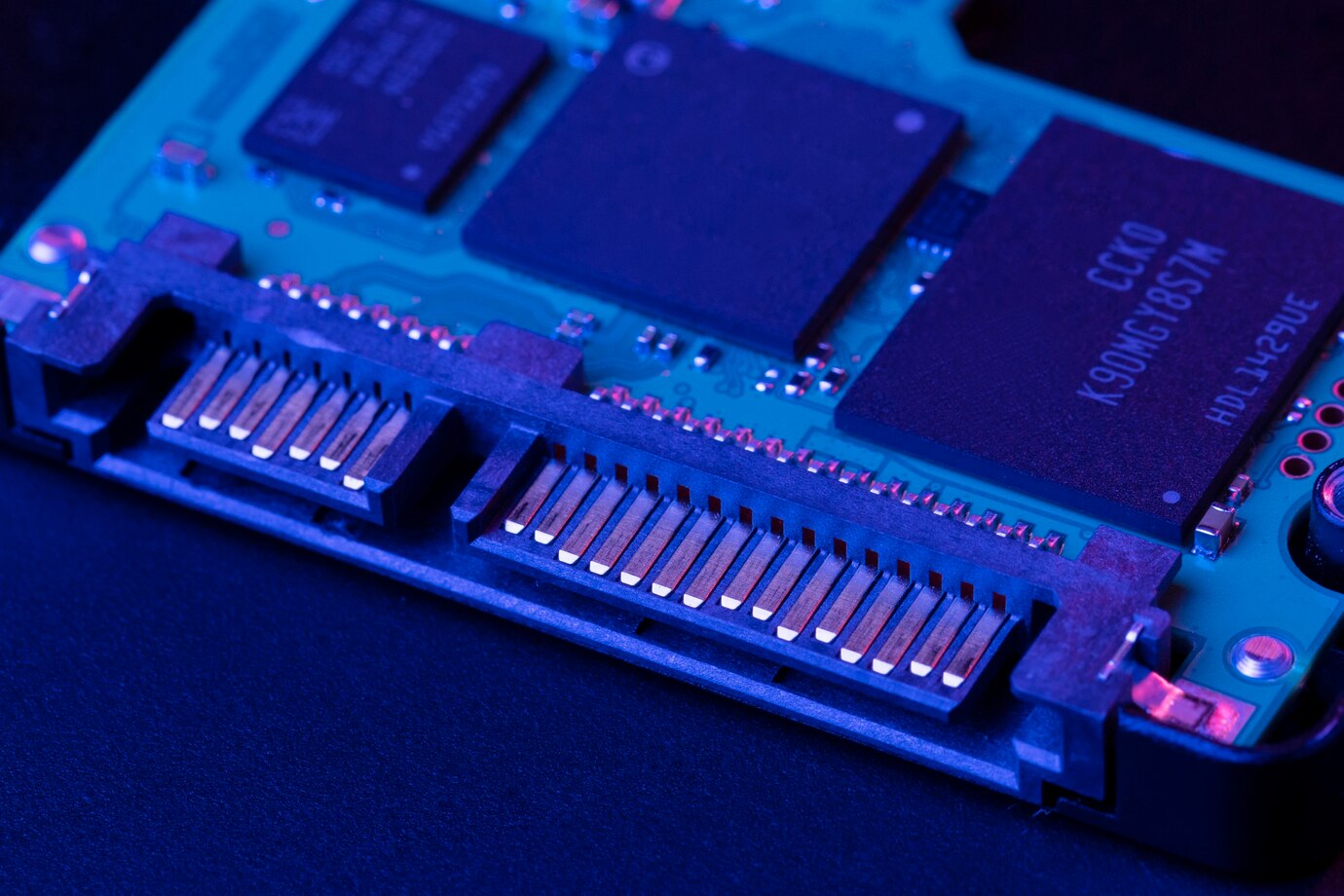



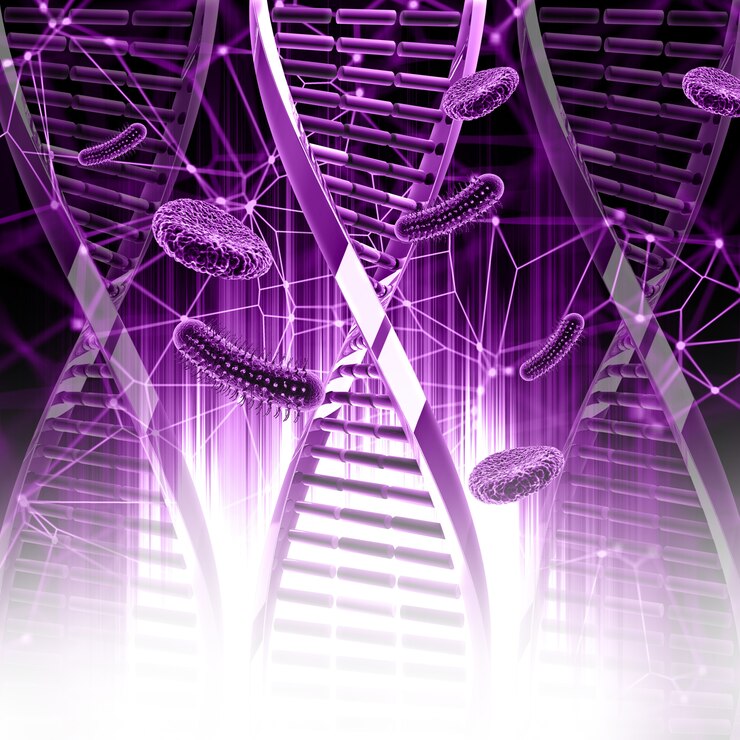



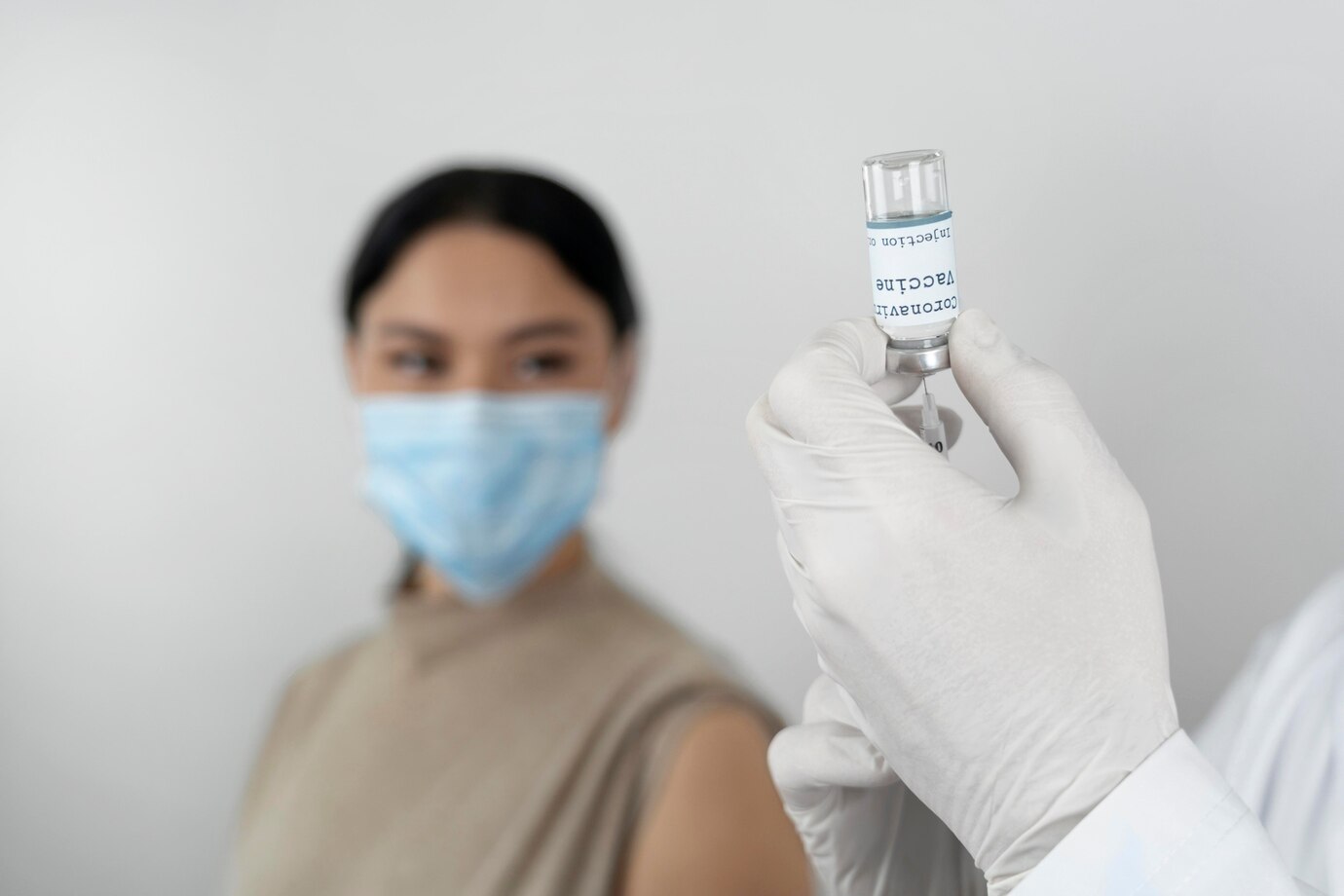



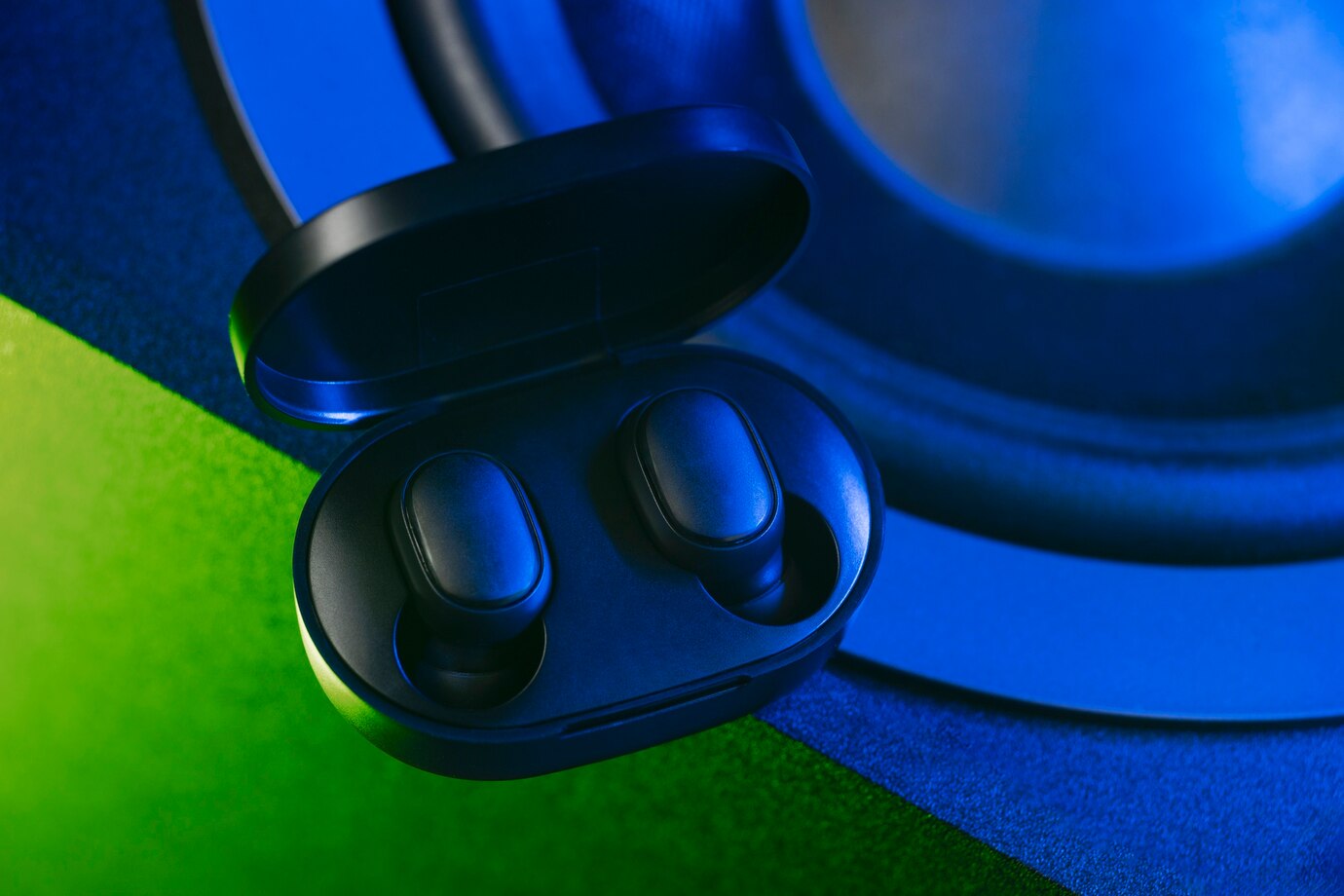


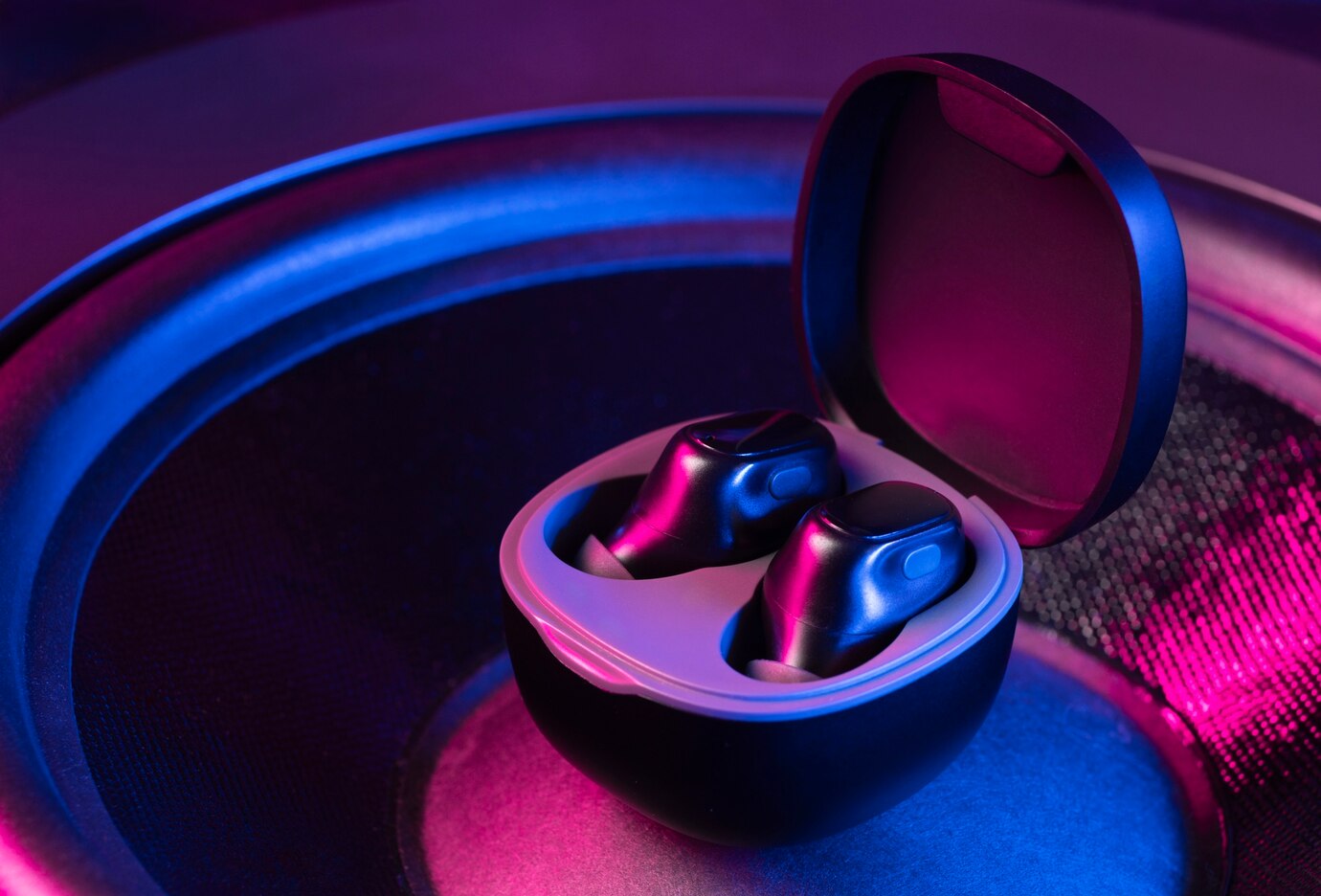





Recent Comments